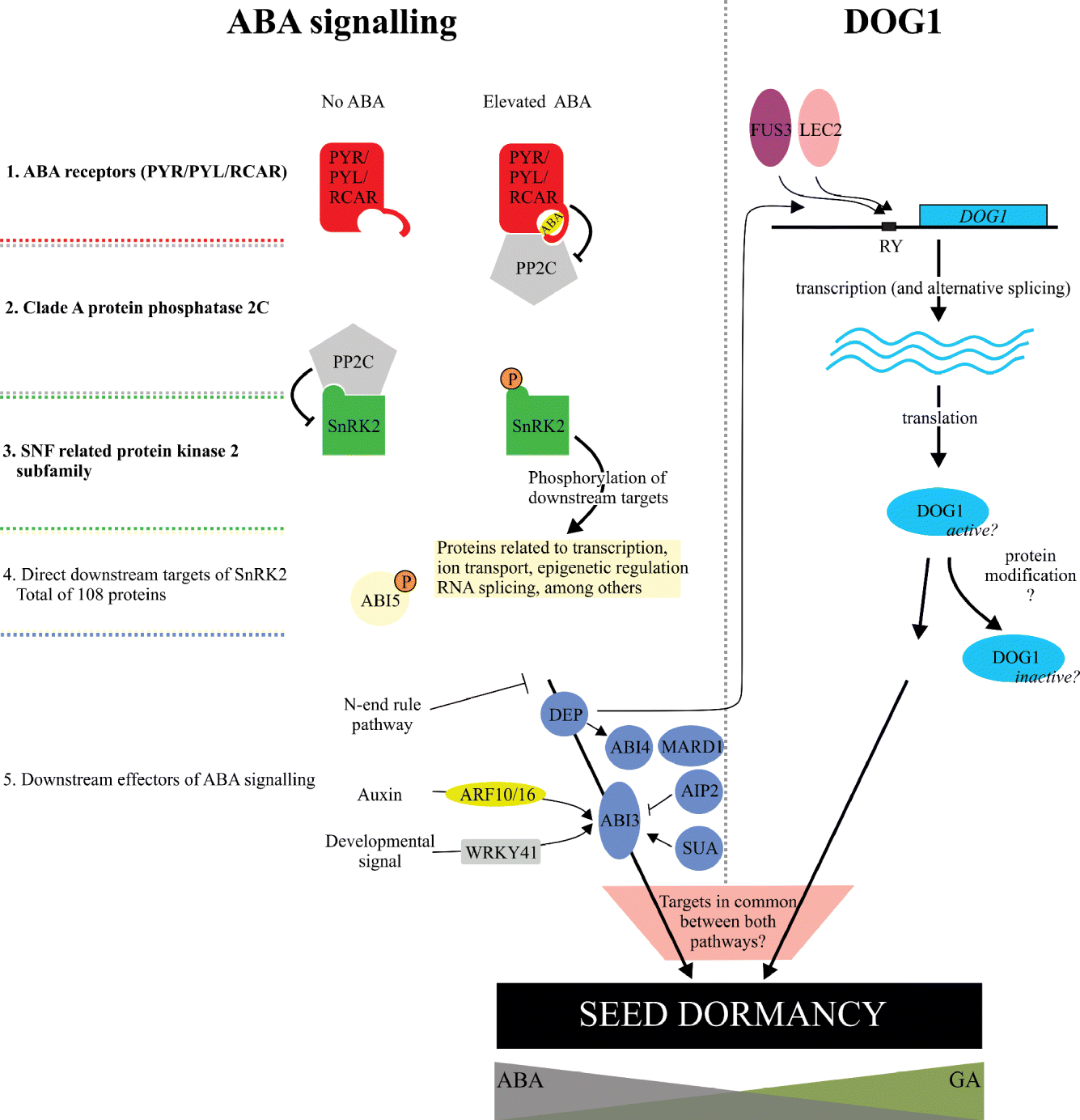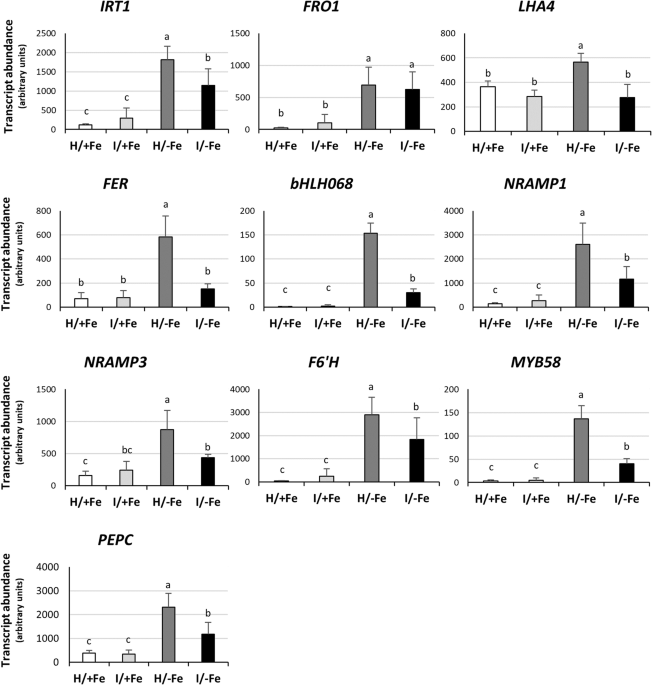
Candidatus Phytoplasma solani' interferes with the distribution
Background ‘Candidatus Phytoplasma solani’ is endemic in Europe and infects a wide range of weeds and cultivated plants. Phytoplasmas are prokaryotic plant pathogens that colonize the sieve elements of their host plant, causing severe alterations in phloem function and impairment of assimilate translocation. Typical symptoms of infected plants include yellowing of leaves or shoots, leaf curling, and general stunting, but the molecular mechanisms underlying most of the reported changes remain largely enigmatic. To infer a possible involvement of Fe in the host-phytoplasma interaction, we investigated the effects of ‘Candidatus Phytoplasma solani’ infection on tomato plants (Solanum lycopersicum cv. Micro-Tom) grown under different Fe regimes. Results Both phytoplasma infection and Fe starvation led to the development of chlorotic leaves and altered thylakoid organization. In infected plants, Fe accumulated in phloem tissue, altering the local distribution of Fe. In infected plants, Fe starvation had additive effects on chlorophyll content and leaf chlorosis, suggesting that the two conditions affected the phenotypic readout via separate routes. To gain insights into the transcriptional response to phytoplasma infection, or Fe deficiency, transcriptome profiling was performed on midrib-enriched leaves. RNA-seq analysis revealed that both stress conditions altered the expression of a large (> 800) subset of common genes involved in photosynthetic light reactions, porphyrin / chlorophyll metabolism, and in flowering control. In Fe-deficient plants, phytoplasma infection perturbed the Fe deficiency response in roots, possibly by interference with the synthesis or transport of a promotive signal transmitted from the leaves to the roots. Conclusions ‘Candidatus Phytoplasma solani’ infection changes the Fe distribution in tomato leaves, affects the photosynthetic machinery and perturbs the orchestration of root-mediated transport processes by compromising shoot-to-root communication.
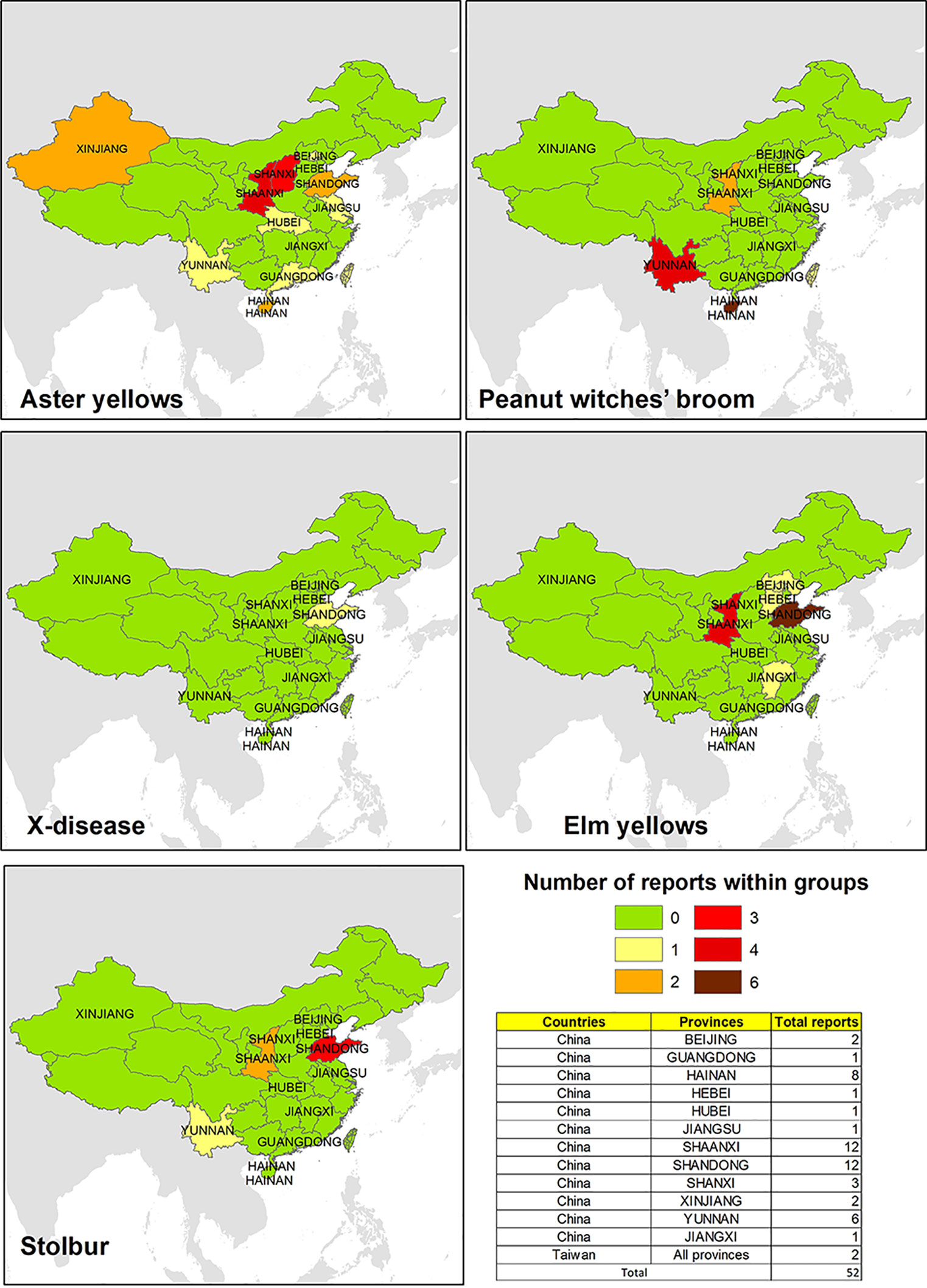
Frontiers The Distribution of Phytoplasmas in South and East Asia: An Emerging Threat to Grapevine Cultivation

Diversity, distribution, and status of phytoplasma diseases in Iran - ScienceDirect
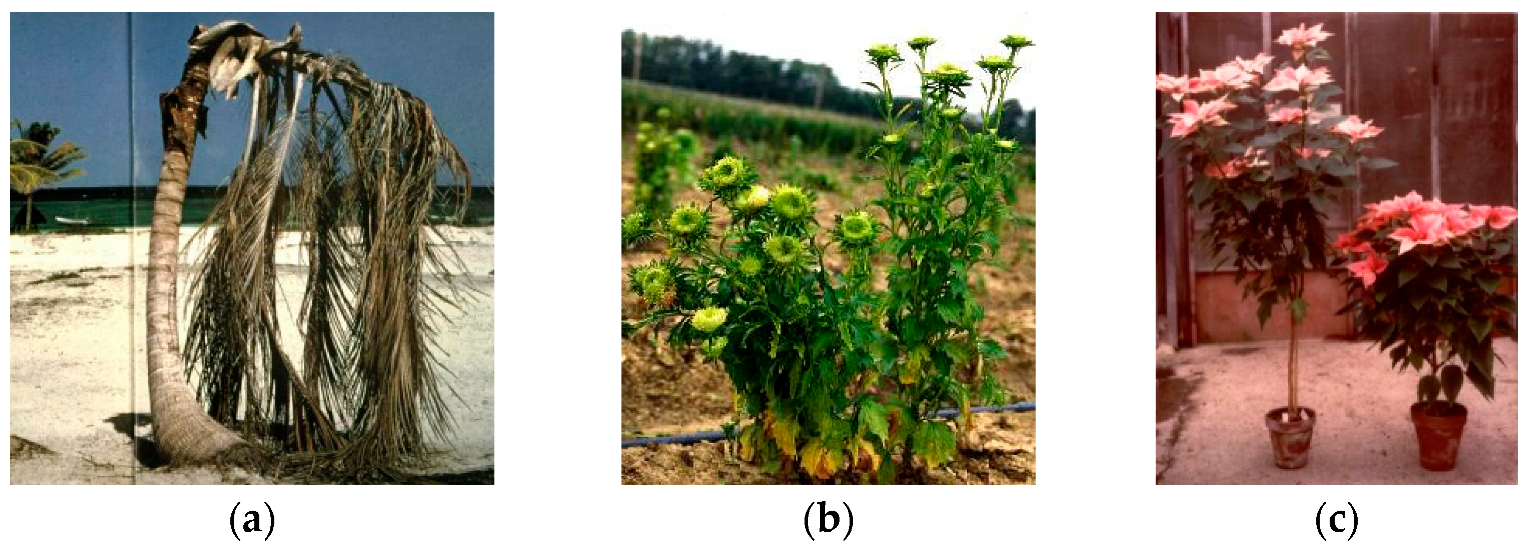
Plants, Free Full-Text

Candidatus Phytoplasma solani' interferes with the distribution and uptake of iron in tomato, BMC Genomics

Candidatus Phytoplasma trifolii (clover proliferation phytoplasma)

The genome of 'Candidatus Phytoplasma solani' strain SA-1 is highly dynamic and prone to adopting foreign sequences - ScienceDirect
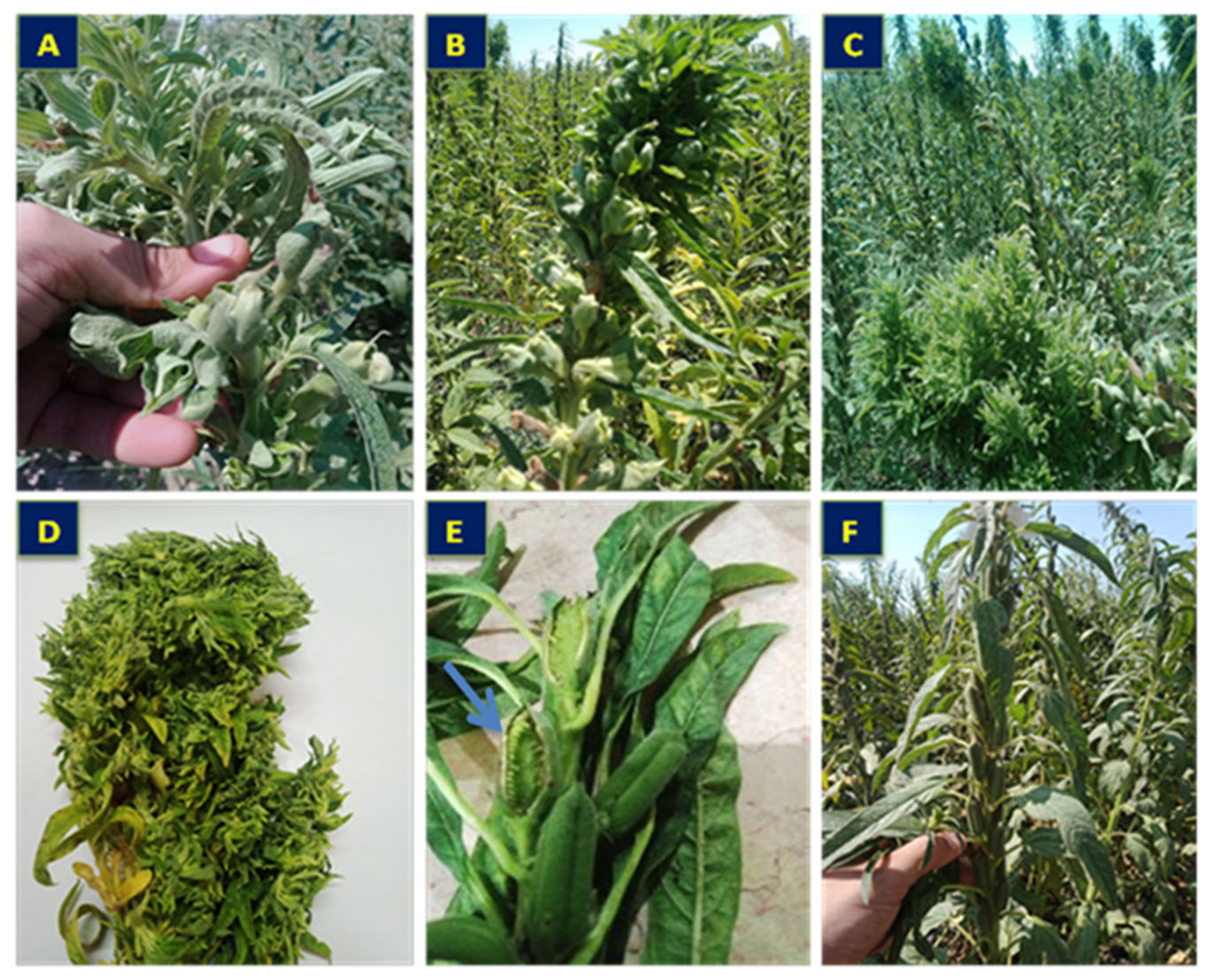
Plants, Free Full-Text
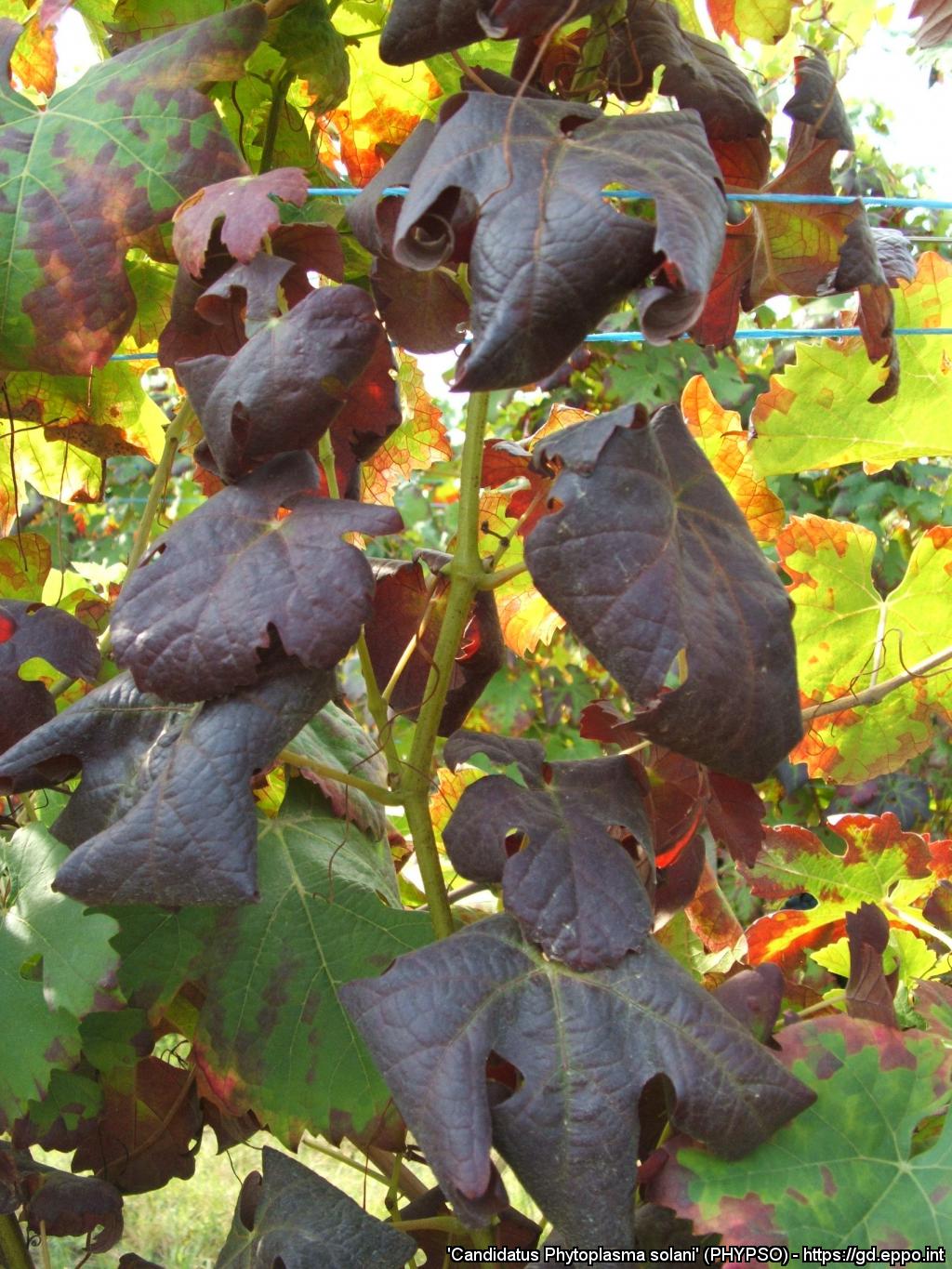
Candidatus Phytoplasma solani' (PHYPSO)[Photos]

potato stolbur phytoplasma (Candidatus Phytoplasma solani)

The genome of 'Candidatus Phytoplasma solani' strain SA-1 is highly dynamic and prone to adopting foreign sequences - ScienceDirect

Rubbery Taproot Disease of Sugar Beet in Serbia Associated with 'Candidatus Phytoplasma solani

Diversity, Distribution, and Current Status

Candidatus Phytoplasma solani' (PHYPSO)[Overview]

Lavender Decline in France Is Associated with Chronic Infection by Lavender-Specific Strains of “Candidatus Phytoplasma solani”

